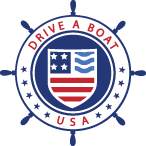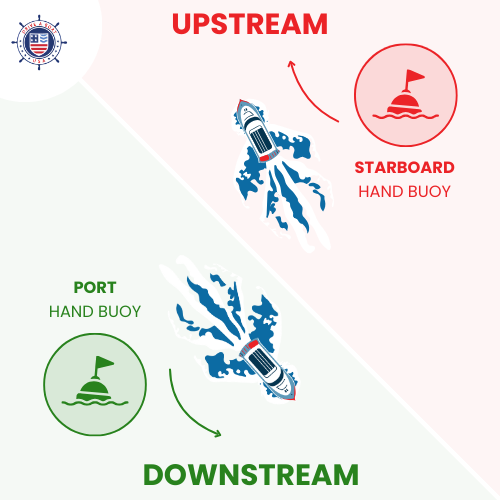Downstream vs Upstream in a Boat: What’s the Difference?
When you’re boating on a river, you need to know which way you are going so you can correctly interpret buoys and avoid accidents.
To be sure that you can follow signs and signals correctly, you need to know the difference between upstream and downstream.
Upstream vs downstream
What’s the difference between upstream and downstream? How can you tell? There are several ways to figure out which is which.
Upstream
When you are going upstream, you are moving towards the river source, against the current.
Here are three points to keep in mind:
- If your boat is fighting the current, it is moving upstream.
- A river source is usually inland from the sea, so if you’re entering a waterway from the sea, you’re going upstream.
- Water often flows north to south, so if you’re heading north, you’re likely traveling upstream.
Downstream
When you are going downstream, you are moving with the current, away from the source of the water.
Remember:
- When going downstream, your boat will flow with the current. If your boat is moving without any source of propulsion by a motor, sail, or via human effort, you’re likely going downstream.
- If your boat is heading toward the sea, you’re likely going downstream.
- If you are heading south, you are likely moving downstream, since water often flows from north to south.
If you don’t feel confident following the clues above, you can simply refer to a marine chart.
Why you should know the difference between upstream and downstream
Boaters need to know whether they are going upstream or downstream so they can correctly interpret lateral buoys. These buoys indicate which side of the waterway to steer towards when passing other boats. They play an important role in preventing collisions!
To understand these buoys, you need to know the difference between port and starboard, and you need to be able to see red and green. You can learn even more about buoys by taking a paid boating safety course.
Port hand buoys
Port hand buoys are green. These buoys must be kept on your port (left) side when heading upstream.
Starboard hand buoys
Starboard-hand buoys are red. Red buoys must always be on your starboard (right) side when heading upstream. (See graphic above)
Drive A Boat USA
Understanding the difference between upstream and downstream is just the beginning. Safe boating involves knowing all the rules. This means being able to interpret navigation lights, knowing when it’s unsafe to go out on the water, being aware of your responsibilities as a boat operator, and more.
When boating on rivers, or anywhere where there is a current, you should also know how to drive a boat in rough water, and what to do if your boat capsizes.
Be prepared! Learn all about safe boating and get your state-approved boating license online today at Drive A Boat USA!


